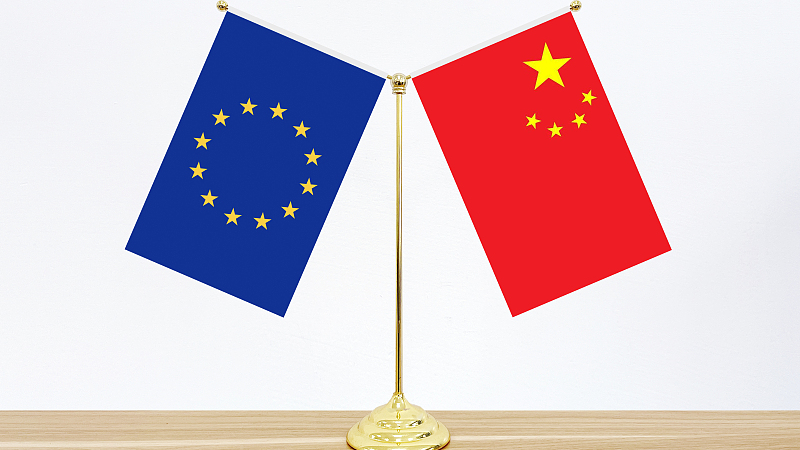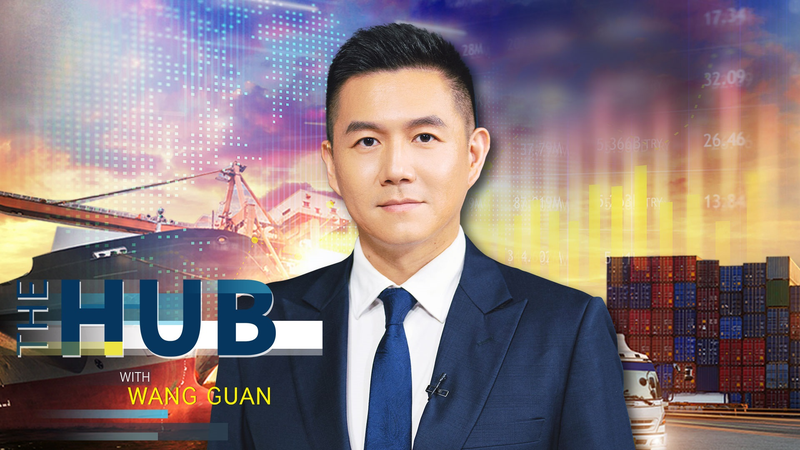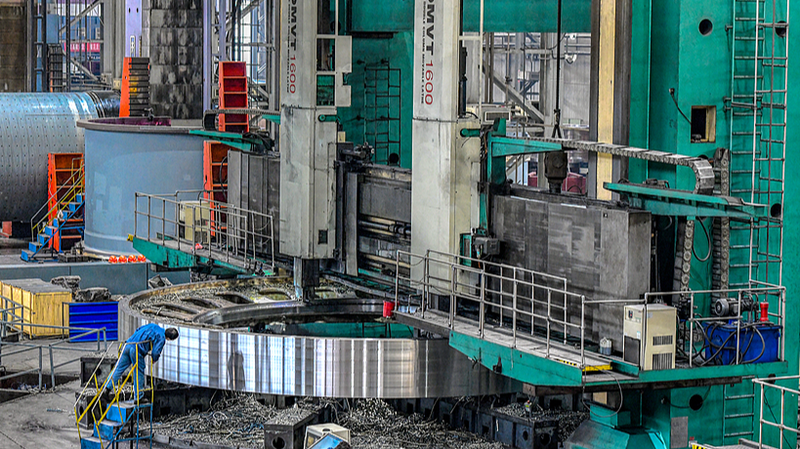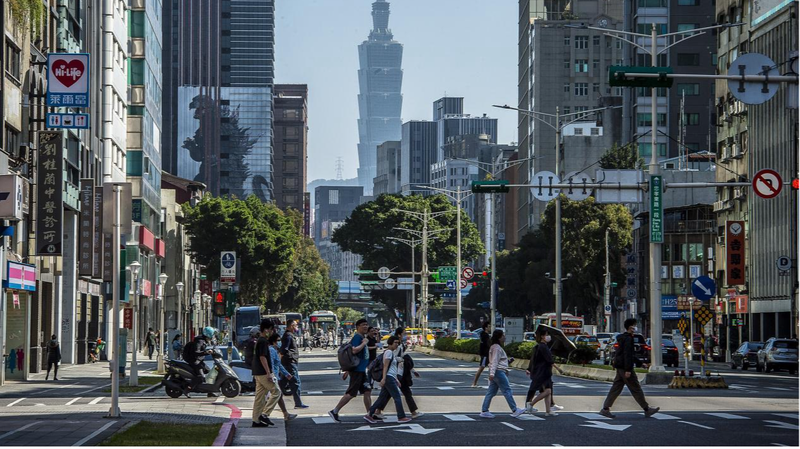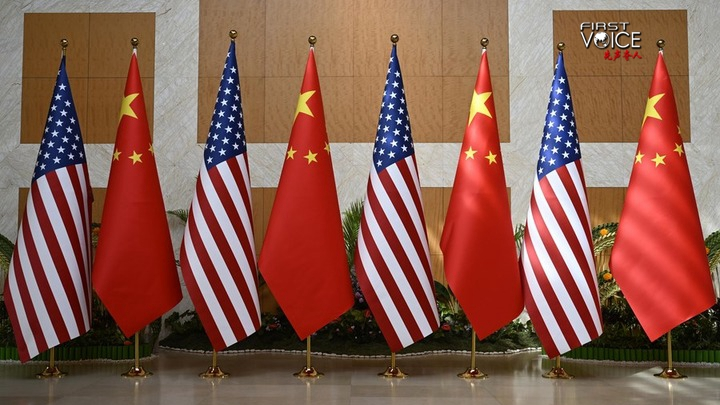As Europe’s top officials head to Beijing, all eyes are on the upcoming China-EU Leaders’ meeting. Marking 50 years of formal diplomatic ties, this summit carries symbolic weight—and practical stakes.
In recent weeks, European think tanks and institutions, including European Commission President Ursula von der Leyen, have spotlighted tensions over industrial overcapacity and rare earth resources. These narratives often focus on frictions in economic and trade relations.
But a broader perspective reveals a story of mutual interests and deep interdependence. Despite disputes over tariffs, market access and supply chains, trade ties have continued to expand, demonstrating that cooperation remains a compelling priority.
Since January, phone calls between Chinese and EU leaders have set a collaborative tone, with both sides vowing to celebrate this golden anniversary by strengthening cooperation across trade, investment, science and technology.
The return of Donald Trump to the White House has disrupted the traditional transatlantic alliance, sparking debates about Europe’s strategic direction. Some observers suggest this rift could nudge Europe closer to China—but Europe’s security and value ties with the U.S. are unlikely to be sidelined.
As the summit approaches, realistic expectations are essential. Rather than framing the meeting as a rivalry, it may be best viewed as a platform to address shared global challenges with clear-eyed dialogue.
For young professionals, entrepreneurs and global citizens tracking shifts in international relations, the outcomes of this 50th anniversary summit will offer insights into how major powers can balance competition with collaboration in an interconnected world.
Reference(s):
cgtn.com
